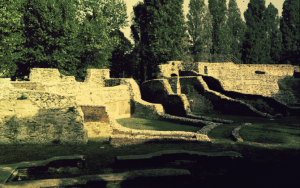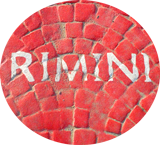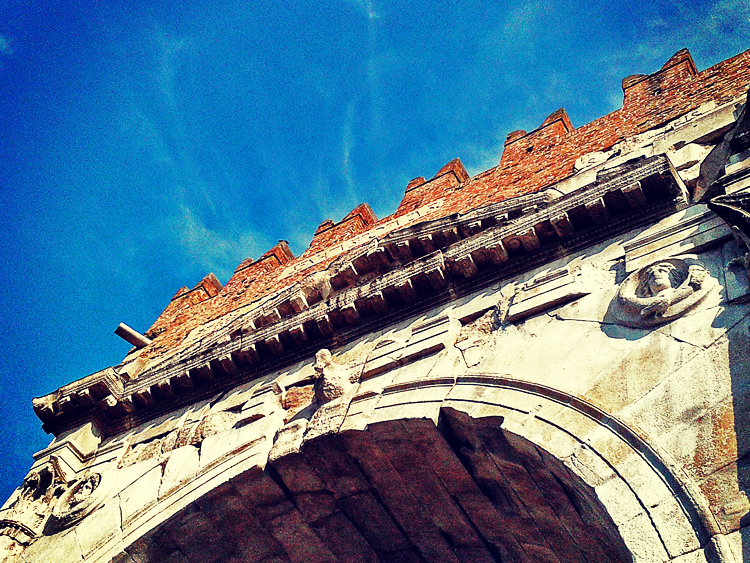The Roman Amphitheatre
Rimini’s Roman Amphitheatre, though in an advanced state of ruin now, was when constructed a huge arena, almost matching the Colosseum in Rome in size (The Colosseum’s arena measures 77m x 45.6m, while Rimini’s Antifeatro measured 76.40m x47m). Built during the reign of Hadrian, the city’s amphitheatre was much closer to the seafront than today (as the sea has receded over the centuries), and must have offered a spectacular setting for traditional Roman games and gladiatorial contests. The walls of the arena, it is estimated, rose to a height of between 17 and 22m, with seating for some ten thousand spectators.

The Amphitheatre was erected in the Second century A.D (coins minted during Hadrian’s reign were found embedded in the structure’s walls), its grandeur was yet another confirmation of Rimini’s strategic importance within the Roman Empire, along with other public works such as the Arco d’Agosto and Ponte Tiberio.
By the Third century A.D though the amphitheatre had fallen into decline, and would later be used variously as a source for building materials, and as part of the city’s fortifications, being incorporated into the city’s late Roman period defensive walls. During the medieval period the amphitheatre’s peripheral location led to its isolation, with much of what remained becoming overgrown.
Closer in time, during the latter part of the Second World War Rimini came under intensive allied bombing, which not only further damaged the Roman structure, but also meant that in the scramble for building materials to rebuild the city, masonry from the site was used extensively. Nowadays, while well kept, the structure is in an advanced state of ruin.
There are two recommended ways to visit the old Roman amphitheatre of Rimini. The first is with a guided tour, arranged periodically throughout the summer months in collaboration with the City Museum (enquire directly for details). The second is to attend one of the many concerts and events that are arranged in the old Roman structure. An evening of classical music in a centuries old setting is a perfect way to take in the past and enjoy the present simultaneously.






